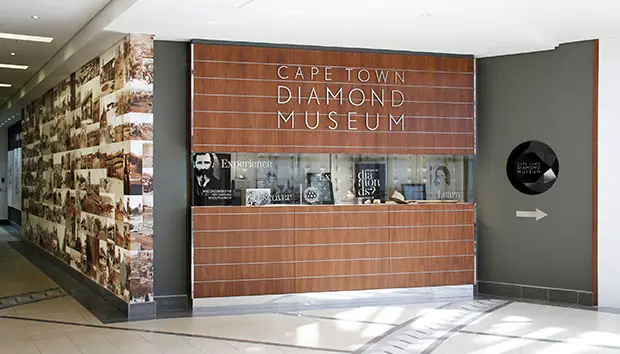The History Of Garam Masala
Garam Masala is a very popular Indian spice blend. The Hindi garam – meaning “hot” – and masala – meaning “mixture” – is a blend of fragrant spices. Garam does not refer to the spiciness of the blend, but instead to the intensity of the spices and the warming properties in raising the metabolism.
Spices used in garam masala recipes vary from region to region. Personal taste also plays a huge part in how it is made. The most common ingredients include white and black peppercorns, malibar leaves, cloves, cumin seeds, black cumin, green, brown and black cardamom, star anise, nutmeg, long pepper (referred to as pippali) and coriander seeds. There are many regional versions of garam masala, but no combination is considered “more authentic” than another.
In Northwest India, garam masala normally includes cardamom, cloves, cinnamon, mace, cassia and nutmeg. Sometimes black pepper is added if the blend is going to be used straight away; adding black pepper will affect the flavour of the garam masala if it is stored. The blend is made simply by combining and grinding all the spices together, but not roasting them.
Some regions grind the spices with vinegar, water or coconut milk to make a paste. Some blend the spices with herbs, while others add onion, garlic or even nuts. In some instances, one single flavour is emphasised if it is going to be used in a certain dish. Garam masala is sometimes roasted before it is used, as this releases the aromas and flavours of the spices.
Garam masala is also available as a commercially-prepared mixture, but many of these blends contain cheaper spices and sometimes include dried garlic, dried chilli, sesame seeds, ground ginger, turmeric, mustard seeds, fennel and coriander. They do not keep as well and can easily lose their aroma and flavour. Commercially-made garam masala should be added at the end of cooking in order to achieve the fullest flavour. Homemade garam masala, however, can be added at the beginning stages of a dish, added to the ghee or cooking oil to provide a much more fragrant and pungent flavour.
All Indian cooks strive to be the best masalchi – or spice blender. Many Indian dishes include as many as a dozen individual spices – each one needed in order to create its unique flavour.
Although not a huge amount is known about the history of garam masala, it is mentioned in The Legendary Cuisine of Persia. The fact that it is used in many dishes of Mughal origin implies that it could be an import of Indo-Islamic rulers.
Garam masala is used in many dishes found on the menus of Indian restaurants in London. Any top Indian restaurant will make all of their spice blends and pastes from scratch. Chefs at top London Indian restaurants, such as Amaya and Veeraswamy, are fine examples of skilled spice blenders.




